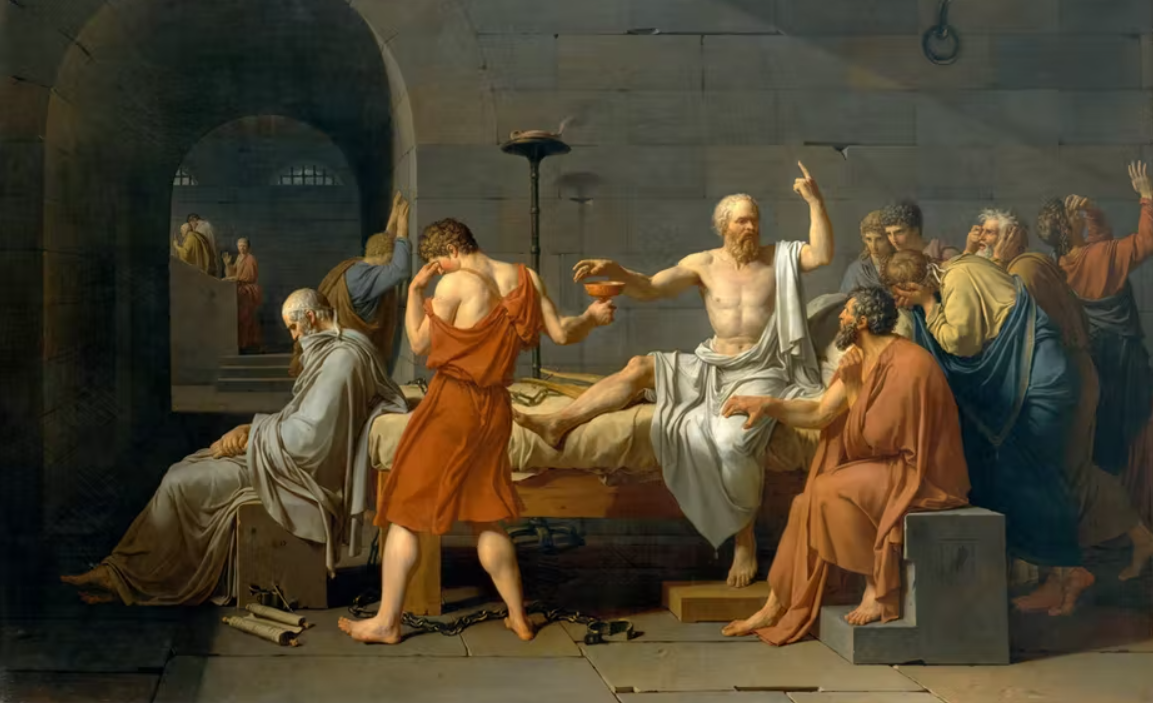Ernst Bloch was a prominent philosopher of the 20th century, known for his exploration of utopia, hope, and the human pursuit of a better future. This essay aims to delve into Ernst Bloch’s philosophy, examining his key concepts, the historical and intellectual context that shaped his ideas, and the significance of his work in understanding the human condition.
Intellectual and Historical Context
Ernst Bloch developed his philosophy amidst the tumultuous political and social climate of the early 20th century. Influenced by Marxism, existentialism, and various strands of critical theory, Bloch sought to reconcile the contradictions and aspirations of the human experience within the context of a world characterized by social inequality, alienation, and the looming threat of totalitarianism.
Ernst Bloch’s Philosophy: Key Concepts
1. Utopia and Concrete Utopia: Bloch believed that utopian thinking was essential for understanding and transforming society. He distinguished between abstract utopia, which he criticized for its detachment from reality, and concrete utopia, which he saw as an inherent part of human striving towards a better future. Concrete utopia embodies the dreams, hopes, and desires that propel individuals and societies towards progressive change.
2. Principle of Hope: Bloch’s most significant contribution is his concept of the Principle of Hope. According to Bloch, hope is a fundamental human impulse that propels individuals and societies forward. It is a dynamic force that seeks to overcome the contradictions and limitations of the present, envisioning a better future. The Principle of Hope encourages individuals to strive for justice, freedom, and a more humane world.
3. Marxism and Humanism: Bloch engaged critically with Marxist theory, seeking to reconcile its materialist foundations with a more humanistic and ethical perspective. He emphasized the importance of understanding human subjectivity, desire, and the yearning for meaning within the broader social and economic structures analyzed by Marxism.
Significance and Impact
1. Social Critique and Liberation: Bloch’s philosophy provides a powerful social critique of the oppressive structures that perpetuate social inequality, alienation, and injustice. By focusing on the transformative potential of hope, Bloch encourages individuals and communities to challenge these structures, envision alternative futures, and actively participate in the pursuit of social liberation.
2. Ethics of Utopia: Bloch’s philosophy challenges the notion that utopian thinking is merely an idle fantasy or an unattainable ideal. By emphasizing concrete utopia and the Principle of Hope, Bloch posits that the pursuit of a better future is not only ethically justifiable but also necessary for human flourishing and societal progress. He calls for ethical engagement and commitment to creating a more just and equitable world.
3. Influence on Critical Theory and Cultural Studies: Bloch’s ideas have had a profound impact on critical theory, cultural studies, and related fields. His emphasis on hope, utopia, and the transformative power of human imagination has influenced scholars and activists engaged in discussions on social change, collective agency, and the possibilities of emancipation.
4. Aesthetics and the Arts: Bloch also explored the role of aesthetics and the arts in his philosophy. He argued that art has the potential to reveal the possibilities and contradictions of the present, inspire hope, and challenge the status quo. His ideas on aesthetics have influenced literary and cultural criticism, contributing to discussions on the relationship between art, politics, and social transformation.
Conclusion
Ernst Bloch’s philosophy offers a profound understanding of the human condition, emphasizing the role of utopia, hope, and the Principle of Hope in the pursuit of a better future. His work encourages critical engagement with social structures, inspires individuals and communities to envision alternative possibilities, and highlights the transformative power of collective agency. Bloch’s ideas continue to be relevant in the contemporary world, providing a philosophical foundation for the ongoing struggles for social justice, liberation, and the realization of a more utopian future.

